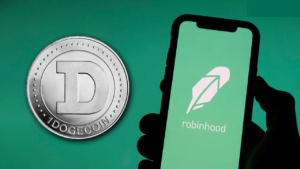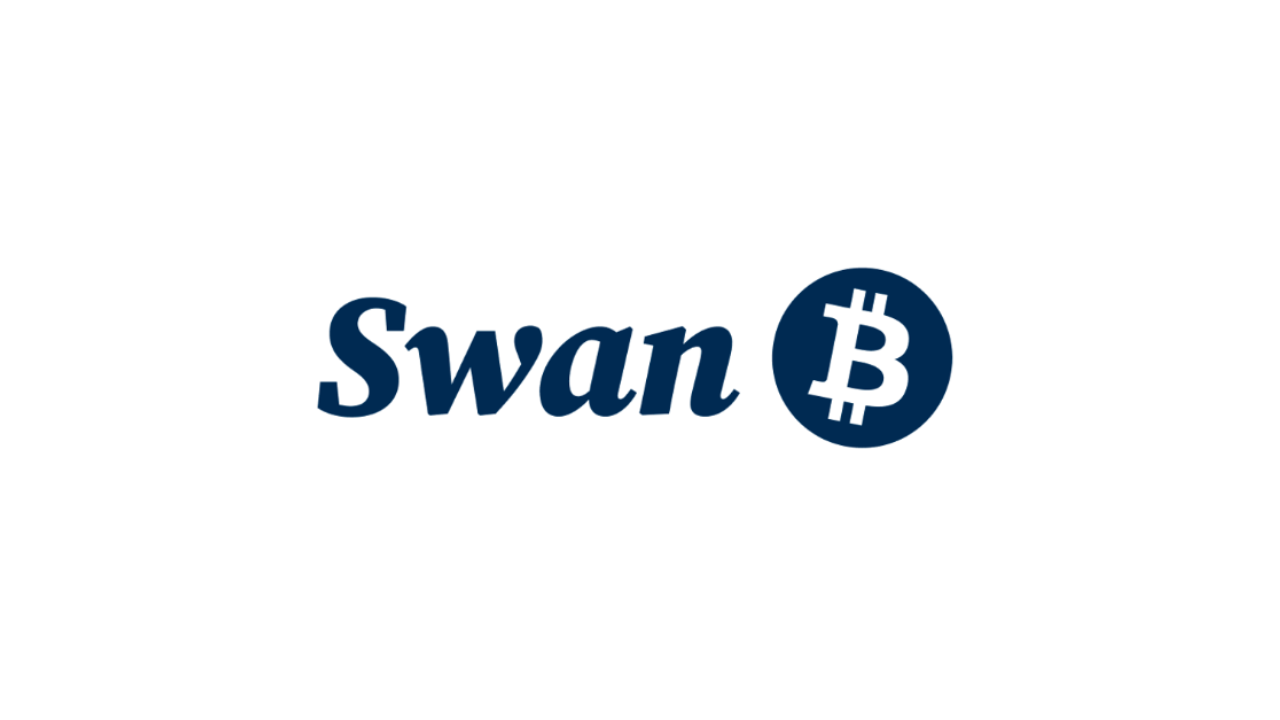Web 3.0 is ushering in a new era of the internet, revolutionizing the traditional ways of online interactions and transactions. The Web 3.0 arena leverages blockchain technology to create a decentralized ecosystem marked by transparent peer-to-peer dealings and robust security.
Following rapid technological developments, Web 3.0 crypto coins have emerged as innovative digital currencies that are fuelling the evolution of this forthcoming era of Web 3.0. While these coins are, technically, “cryptocurrencies,” they serve a distinct purpose of empowering the seamless operation of decentralized applications (dApps) atop their blockchain infrastructure. Through dApps, a vibrant ecosystem of smart contracts, decentralized marketplaces, social networks, gaming realms, and beyond flourishes.
Furthermore, the grand vision of Web 3.0 crypto coins encompasses enhanced interoperability and governance, paving the way for a transparent, truly decentralized internet landscape.
In this article, we have enlisted the top four Web 3.0 crypto coins that can offer promising investment opportunities not just in 2023 but also in the coming years.
Table of Contents
Toggle1. Cosmos (ATOM)

The crypto industry has been abuzz with the issue of fragmentation prevalent in blockchain networks for some time. However, the tide is turning with the advent of Cosmos, a revolutionary project that seeks to forge an interconnected web of blockchains.
Dubbed as the “Internet of blockchains,” Cosmos seeks to unite crypto networks by providing a suite of open-source tools that streamline transactions between them. In essence, Cosmos is a game-changer that addresses some of the toughest challenges facing the blockchain industry. It offers a remedy to the sluggish, costly, and environmentally unfriendly proof-of-work protocol by creating a network of linked blockchains that work in harmony.
In other words, rather than focusing solely on its own network, Cosmos aims to cultivate a thriving ecosystem of interconnected networks that can efficiently exchange data and tokens through decentralized means, with no central authority orchestrating the process.
To achieve this, every new independent blockchain developed within Cosmos, referred to as a “zone”, is linked to the Cosmos Hub. This interlinking enables the Cosmos Hub to maintain a comprehensive record of the state of each zone, while also allowing for reciprocal communication between them.
The Cosmos Hub itself is a proof-of-stake blockchain, underpinned by its native cryptocurrency known as ATOM. ATOM is one of the most prominent Web 3.0 crypto coins, thanks to the innovative Cosmos network it powers.
The total supply of ATOM is precisely fixed at 260,906,513 units, with its current market capitalization valued at $3,178,232,116. Also, note that the process of acquiring ATOM is not through mining, but through a process called staking as the Cosmos blockchain relies on PoS protocol.
2. Uniswap (UNI)

UNI is also one of the leading Web 3.0 crypto coins that sustain the Uniswap platform and incorporates the potential to register exponential growth.
Uniswap is a fully decentralized cryptocurrency exchange, meaning it is devoid of any singular owner. This innovative trading forum employs a novel model called an “automated liquidity protocol” that involves the creation and maintenance of liquidity pools, differing from the typical centralized order book system of CEXs.
This works through motivating people engaging in exchange activities to become liquidity providers (LPs): Uniswap participants pool their funds that are utilized for executing all trades occurring on the platform. As compensation for allocating their funds, every LP is bestowed with a token symbolizing their vested contribution to the collective pool.
The fundamental element of Uniswap’s operational framework rests upon the contributions of its liquidity pools, where deposits allow users to engage in the buying and selling of various cryptocurrencies. Anyone can list a token on the platform, provided that there is a liquidity pool available for trade. However, it is worth noting that Uniswap exclusively deals with tokens built on the Ethereum blockchain, disregarding other blockchains.
Moreover, Uniswap employs an automated market maker system, which is a specific constituent of automated liquidity protocol, to ascertain the value of each token. This system adjusts the price of a token based on the proportion of coins available in the corresponding liquidity pool.
UNI, the native token of Uniswap, is key to the platform’s governance. It grants its holders the power to partake in crucial decision-making processes that shape the course of Uniswap’s evolution. The total UNI supply is set at 1 billion units, which will be released over a period of four years. After that, Uniswap will implement a perpetual inflation rate of 2% to promote network participation.
3. Rocket Pool (RPL)

Rocket Pool offers a decentralized network that opens doors for ETH staking to individuals who may lack the technical skills or funds necessary to do so. As per the company, the Rocket Pool network has attracted a whopping 2,200+ node operators from around the world who have collectively staked over 440,000 ETH till now. This amount accounts for more than 5% of all Ethereum staked, indicating the project’s growing popularity and trust among cryptocurrency enthusiasts.
The platform aims to simplify the staking process, making it more seamless and faster for everyone involved. It also positions itself as an add-on service for staking-as-a-service providers who can benefit from joining the network and operating a node to receive rewards in both ETH and RPL.
Rocket Pool presents two options to its users to participate in its platform, either by rETH staking or node staking. rETH is a digital representation of the staked ETH within Rocket Pool, enabling stakers to join in on the action with as little as 0.01 ETH and a cap of up to 32 ETH. In other words, by staking their ETH, users are rewarded with rETH, which automatically accumulates staking rewards based on the performance of the complete network of node operators.
Node Staking, on the other hand, allows users to deposit 16 ETH, and in return, they are assigned an additional 16 ETH from users who deposit ETH & receive rETH. In simpler terms, users are staking their 16 ETH and an additional 16 ETH on behalf of the protocol, making it quite a flexible option
Rocket Pool’s liquid staking protocol relies on its own ERC-20 utility token, known as RPL, which also stands as one of the high-potential Web 3.0 crypto coins.
The digital coin is used to guide the governance of the DAO while it can also be staked by node operators. What sets RPL apart from other DeFi tokens is its distinctive approach to supply – it implements a 5% annual inflation model. This particular strategy is designed to both incentivize key stakeholders and provide resources for upcoming decentralized development endeavors.
4. Curve (CRV) Web 3.0 Crypto Coin

Curve is a revolutionary automated market maker (AMM) platform that has captured the attention of cryptocurrency enthusiasts around the world.
Curve boats an ingenious approach to liquidity pools, which are composed of assets that behave in a similar manner. On this note, the platform’s main focus is on stablecoins, such as USDT and wBTC, which are designed to track the prices of US dollars and Bitcoin, respectively. By doing so, Curve ensures that trading is done with low fees and low slippage, making it an incredibly efficient way to exchange tokens.
Moreover, as a decentralized finance (DeFi) platform emerging on the Ethereum network, Curve revolutionizes trading by eschewing traditional centralized order books. Instead, it harnesses the power of user-provided pools of cryptocurrencies where users can earn fees for their deposits. This innovative system allows traders to buy and sell their assets at optimal prices, all while earning fees on their assets. Curve also offers a haven for DeFi enthusiasts who indulge in the art of yield farming and liquidity mining.
The launch of the DAO and CRV token – the native token of Curve – has unveiled new channels of profitability and innovation. CRV token’s governance functionality empowers its users with a voice in all decisions, which is proportionate to their liquidity commitment and length of ownership. The CRV supply totals 3.03 billion tokens, but only 25% is presently in circulation.
If you believe that stablecoins will continue to grow in their diversity and usage, CRV is one of the most reliable Web 3.0 crypto coins out there that might be worthwhile. The platform’s growth potential could further blossom if more applications employ stablecoins to offer lending and other DeFi services.
Read more:
http://thetradingbay.com/pre-sale-cryptos-for-explosive-gains-3-best-altcoins-to-buy-in-2023/













